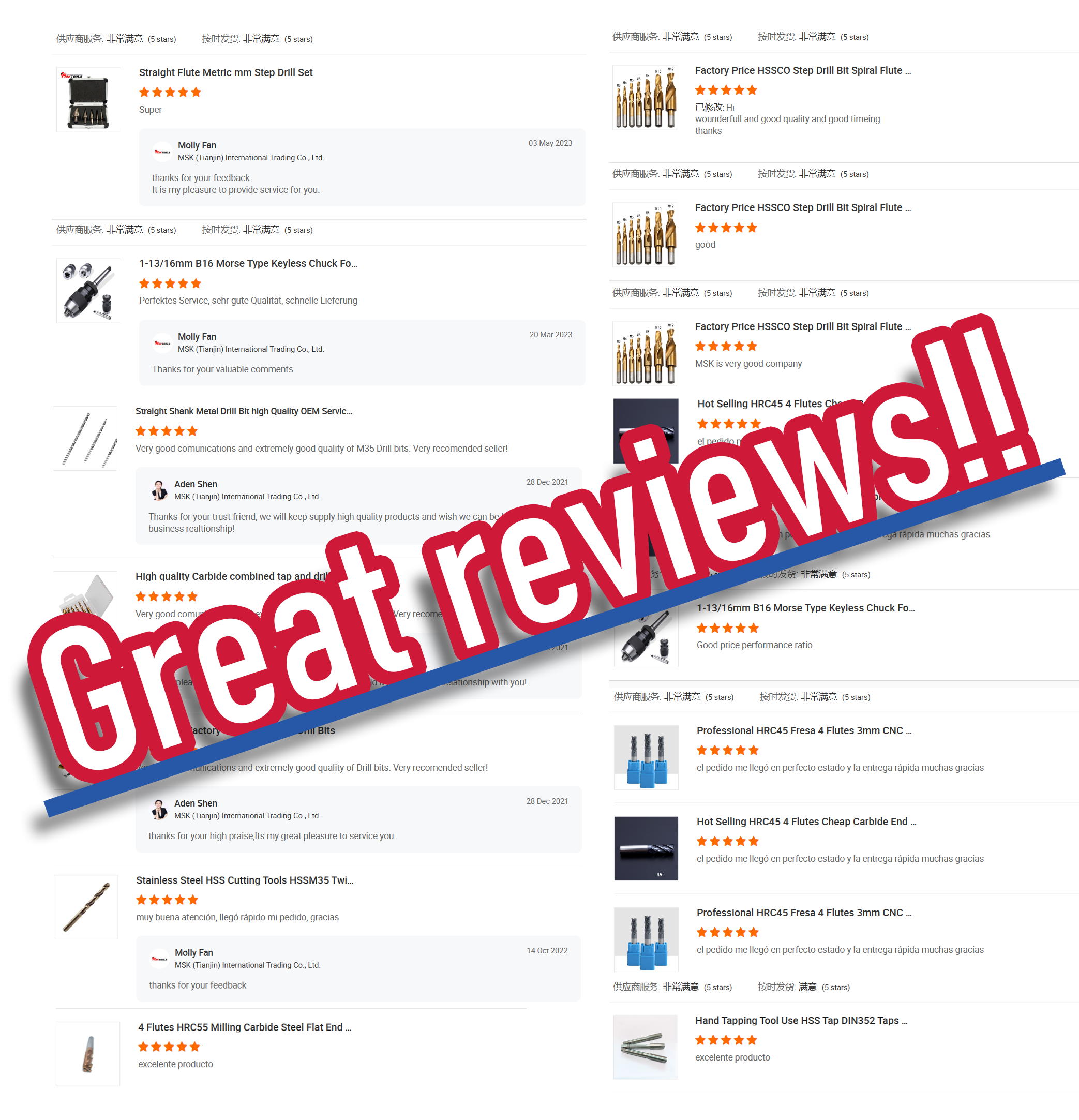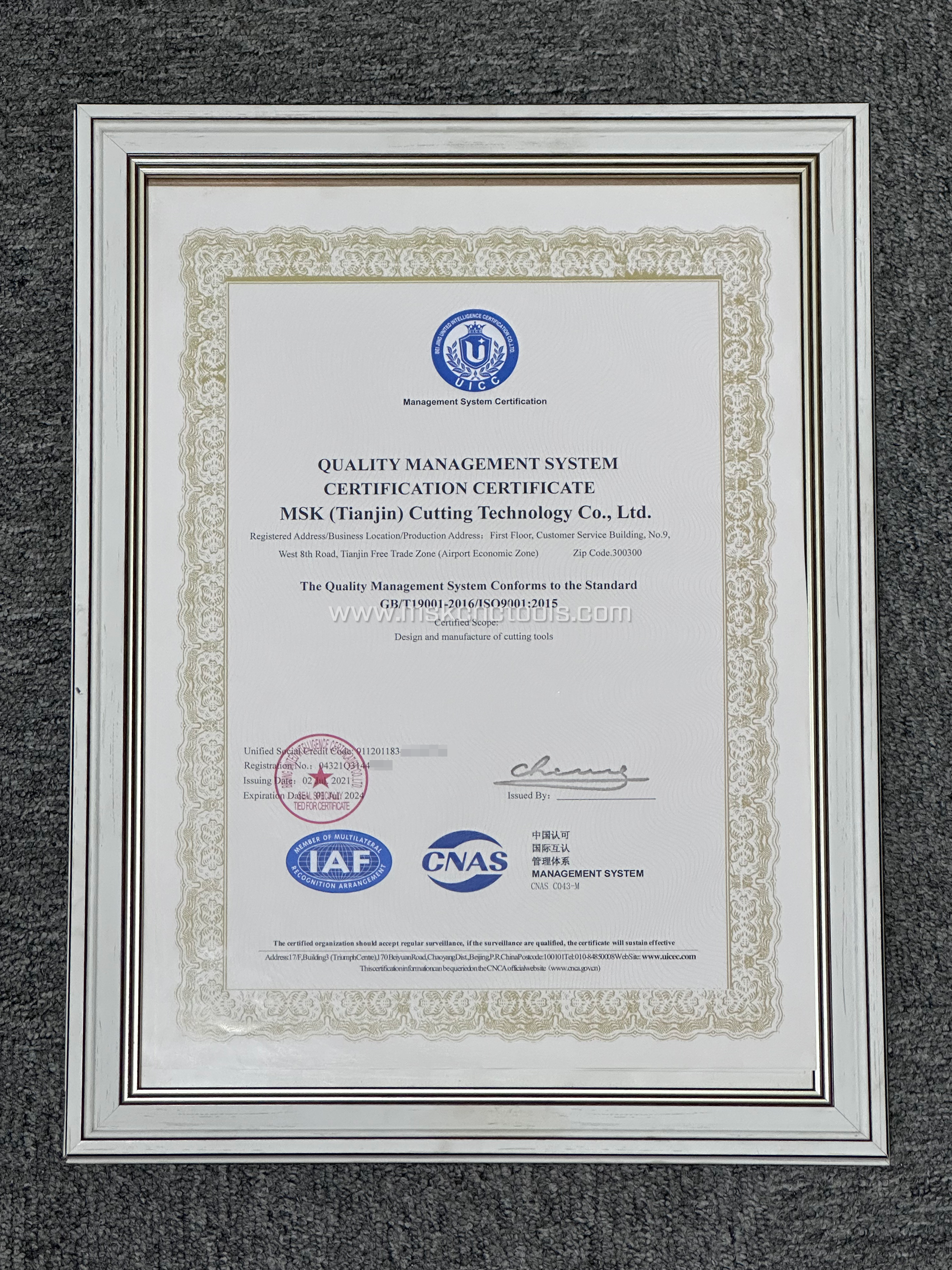Cemented carbide rods are a crucial component in the manufacturing of high-performance cutting tools and wear-resistant parts. These rods are made from a combination of tungsten carbide and cobalt, which are sintered together under high pressure and temperature to create a material that is extremely hard and wear-resistant. The unique properties of cemented carbide rods make them an essential material in various industries, including metalworking, woodworking, mining, and construction.
One of the key advantages of cemented carbide rods is their exceptional hardness. Tungsten carbide, the primary component of these rods, is one of the hardest materials known to man, second only to diamond. This hardness allows cemented carbide rods to withstand high levels of stress and wear, making them ideal for use in cutting tools such as drills, end mills, and inserts. The hardness of cemented carbide rods also contributes to their long service life, reducing the frequency of tool changes and increasing productivity in manufacturing processes.
In addition to their hardness, cemented carbide rods also exhibit excellent wear resistance. This property is essential in applications where tools are subjected to abrasive materials or high temperatures, such as in metal cutting and mining operations. The wear resistance of cemented carbide rods ensures that the cutting edges of tools remain sharp and effective for extended periods, resulting in improved machining quality and reduced downtime for tool maintenance.
Another important characteristic of cemented carbide rods is their high compressive strength. This property allows these rods to withstand the extreme forces encountered during cutting and forming operations, making them suitable for use in heavy-duty applications. The combination of high hardness, wear resistance, and compressive strength makes cemented carbide rods the material of choice for demanding machining tasks, where conventional tooling materials would quickly wear out or fail.
Cemented carbide rods are also known for their excellent thermal conductivity. This property helps to dissipate heat generated during cutting processes, reducing the risk of tool damage and prolonging tool life. The ability of cemented carbide rods to maintain their cutting edge at high temperatures makes them well-suited for use in high-speed machining and other applications where heat buildup is a concern.
The versatility of cemented carbide rods extends beyond cutting tools, as they are also used in the production of wear-resistant parts for various industrial applications. These parts include components for oil and gas drilling, mining equipment, and wear plates for construction machinery. The exceptional wear resistance and toughness of cemented carbide rods make them an ideal choice for these applications, where durability and performance are critical.
In conclusion, cemented carbide rods play a vital role in the manufacturing of high-performance cutting tools and wear-resistant parts. Their unique combination of hardness, wear resistance, compressive strength, and thermal conductivity makes them indispensable in a wide range of industrial applications. As technology continues to advance, cemented carbide rods are expected to remain at the forefront of materials used in the production of tools and components that drive progress in various industries.









